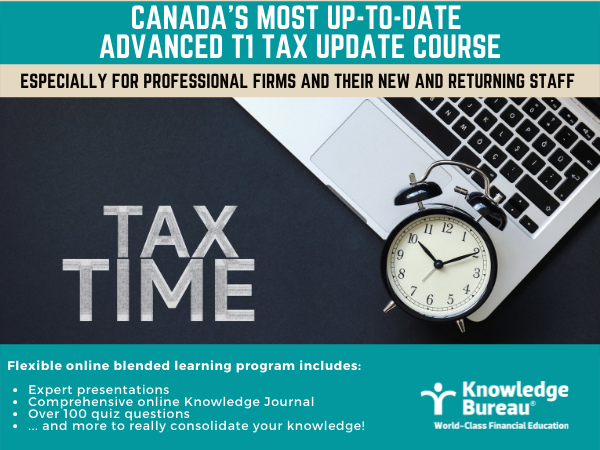A Brief on Basic Personal Amounts

Marco Iampieri B.A., JD, M.B.A
How much money can Canadians earn before they have to pay federal taxes? The answer lies in the structure of the basic personal amount (“BPA”) - an annual earnings amount that is anything but easy to understand; especially since all the provinces and territories have their own BPAs to add to the confusion. Here’s how to help taxpayer – especially newcomers to Canada – wrap their heads around this:
The BPA is prescribed in the Income Tax Act and is indexed annually under S. 117.1 to reflect changes in the average consumer price index.
For 2022 the basic personal amount is $14,398 and this includes a supplement of $1,679, which is available to taxpayers whose income is below the bottom of the 29% federal tax bracket ($155,626 for 2022). This amount decrease as as income reaches the top of the 29% federal tax bracket ($221,708 for 2022).
There are also provincial/territorial Basic Personal Amounts. The provincial/territorial BPA reduces your provincial/territorial taxable income in proportion to the provincially/territorially  legislated amount. The provincial/territorial BPA varies depending on which province or territory that the taxpayer resides.
legislated amount. The provincial/territorial BPA varies depending on which province or territory that the taxpayer resides.
For example, if John’s 2022 income is $47,000.00CAD and he lives in Ontario, then John’s federal taxable income would be reduced to $30,602 ($47,000 - $14,398 = $32,602) by the BPA. John’s provincial taxable income would be reduced to $35,859 ($47,000 - $11,141 = $33,859) by the provincial BPA for Ontario.
The provincial and federal BPA significantly impact tax planning in a family unit, as family members may earn tax free taxable income equal or below the BPA. The basic personal amount is also known as the "tax free zone" for many tax filers. It is the amount that is targeted in tax planning for family income splitting or for the purposes of Registered Retirement Savings Plan (RRSP) planning when attempting to increase claims for non-refundable tax credits like the Spouse or Common-Law Partner Amount or the Tuition, Education and Textbook Amounts.
Key Takeaway: Advisors should explore income splitting to ensure that each relevant family member’s BPA is utilized. Especially those clients earning income through an owner-managed business may wish to explore ways to utilize and maximize each family member’s BPA. However, be cautious of the tax on split income rules.
Additional educational resources: Don’t miss this opportunity to take Canada’s most up-to-date and comprehensive Advanced T1 Tax Update Course for Professional Tax Accounting firms and their new and returning staff who will file 2021 T1 Returns. This is Canada’s #1 tax training program for busy practice owners who need to recruit and train staff in time for this tax season.